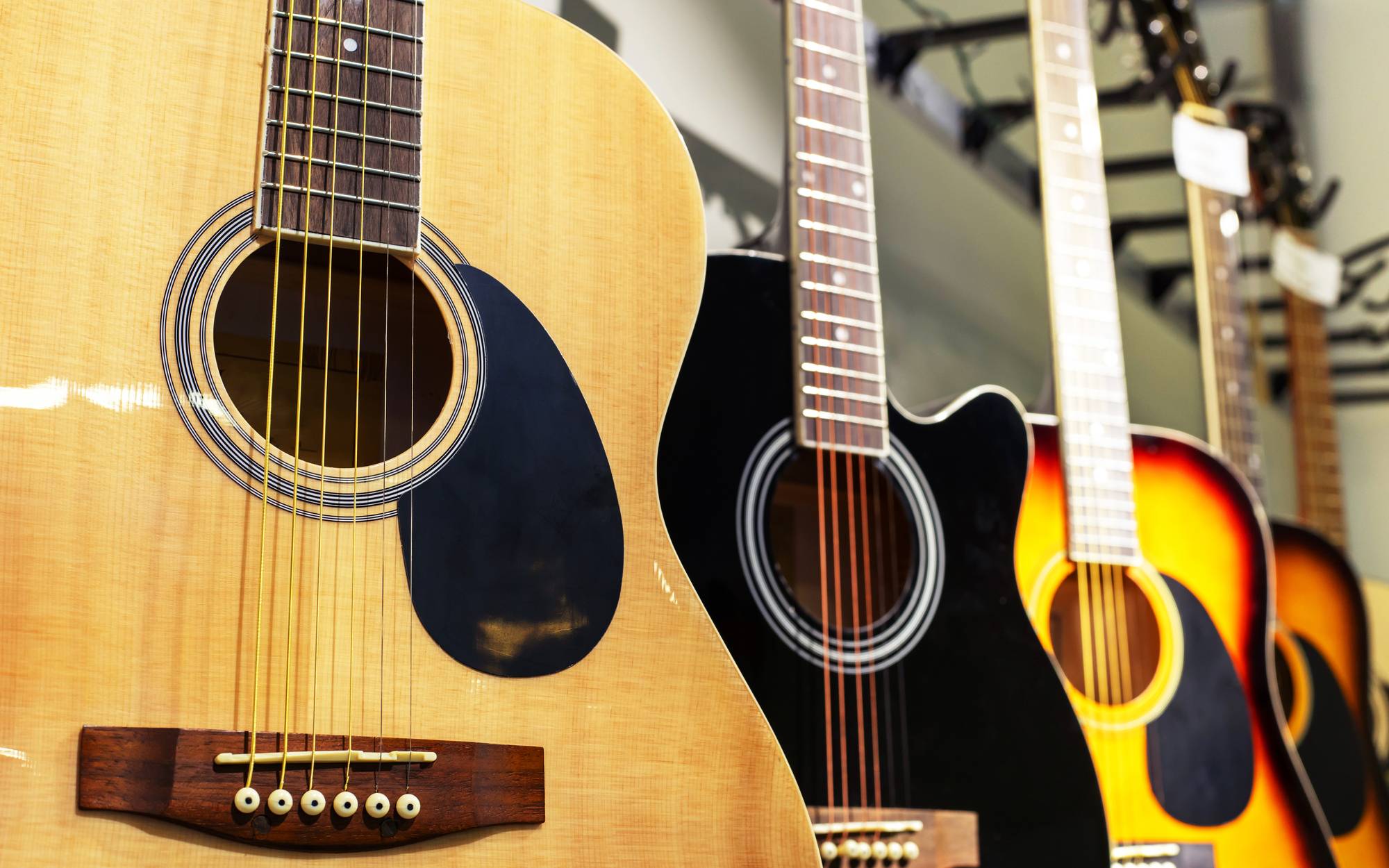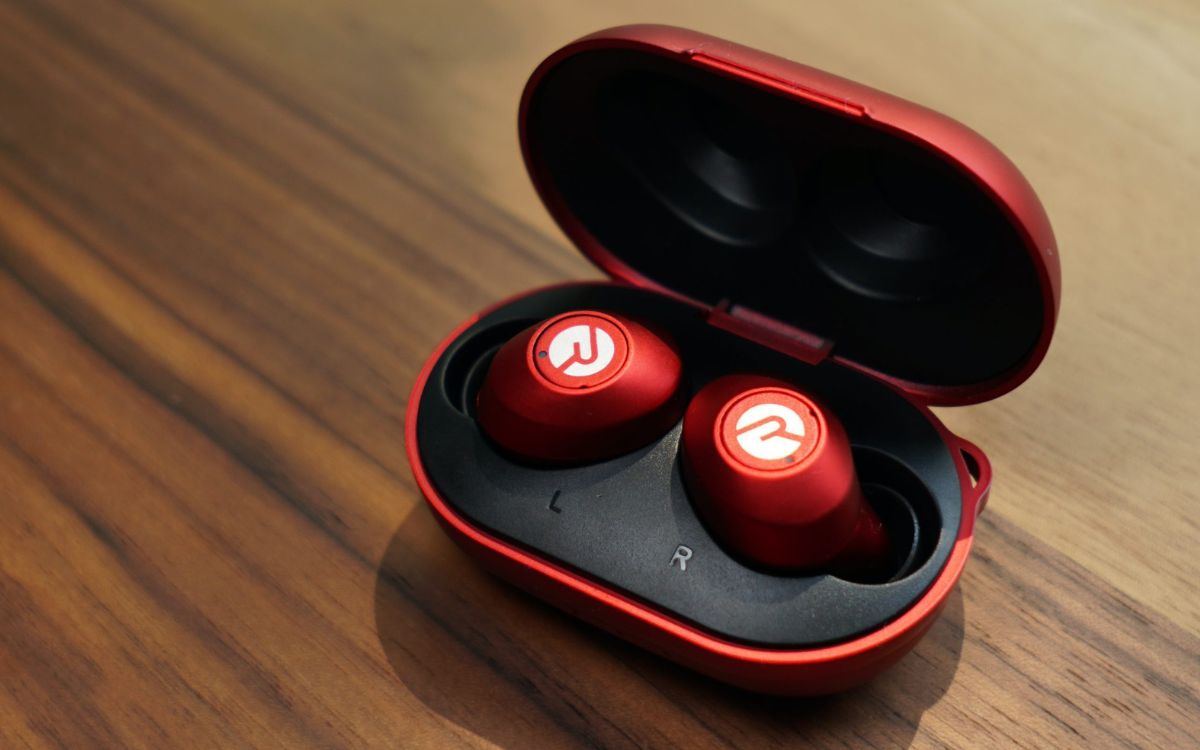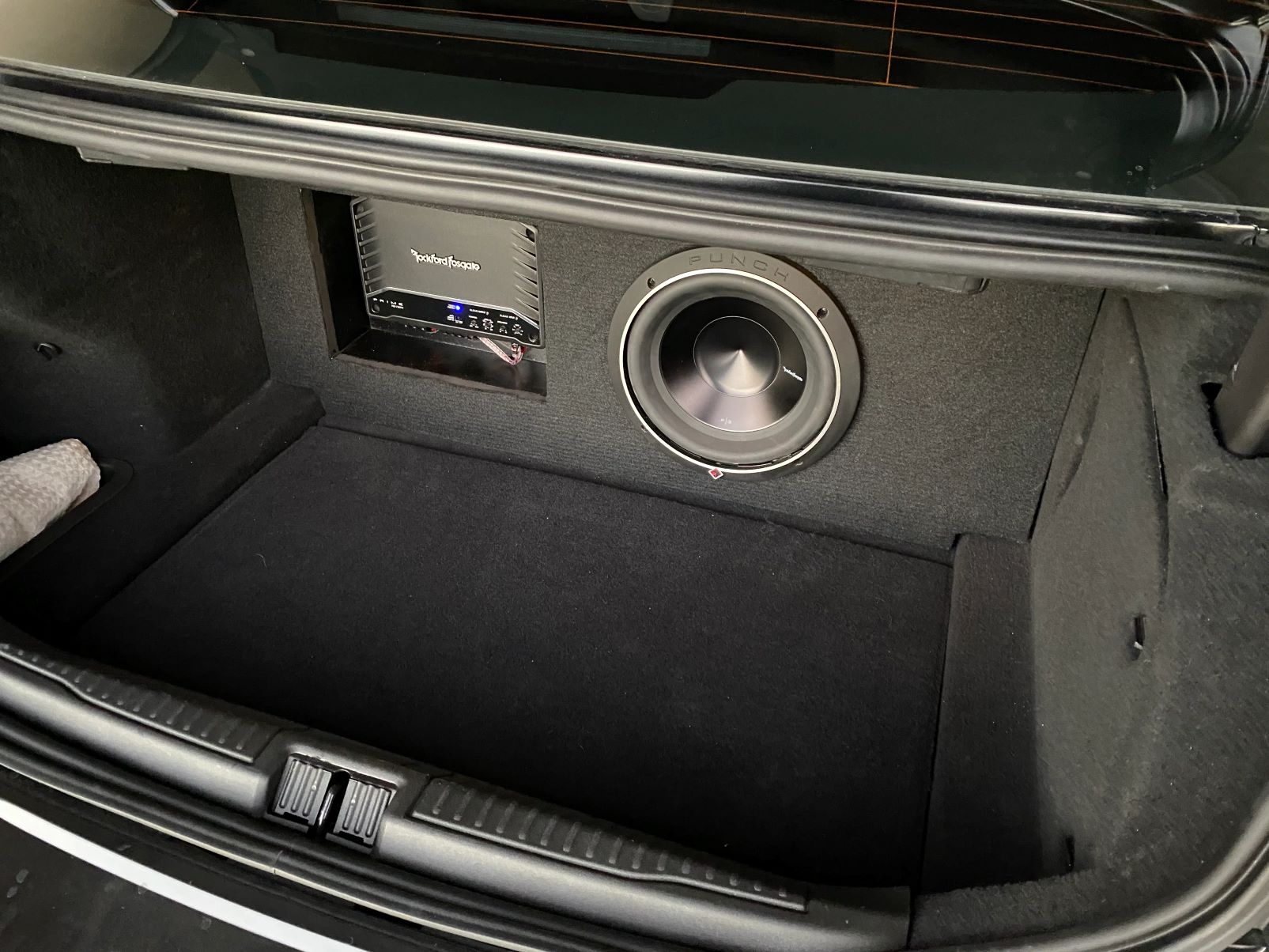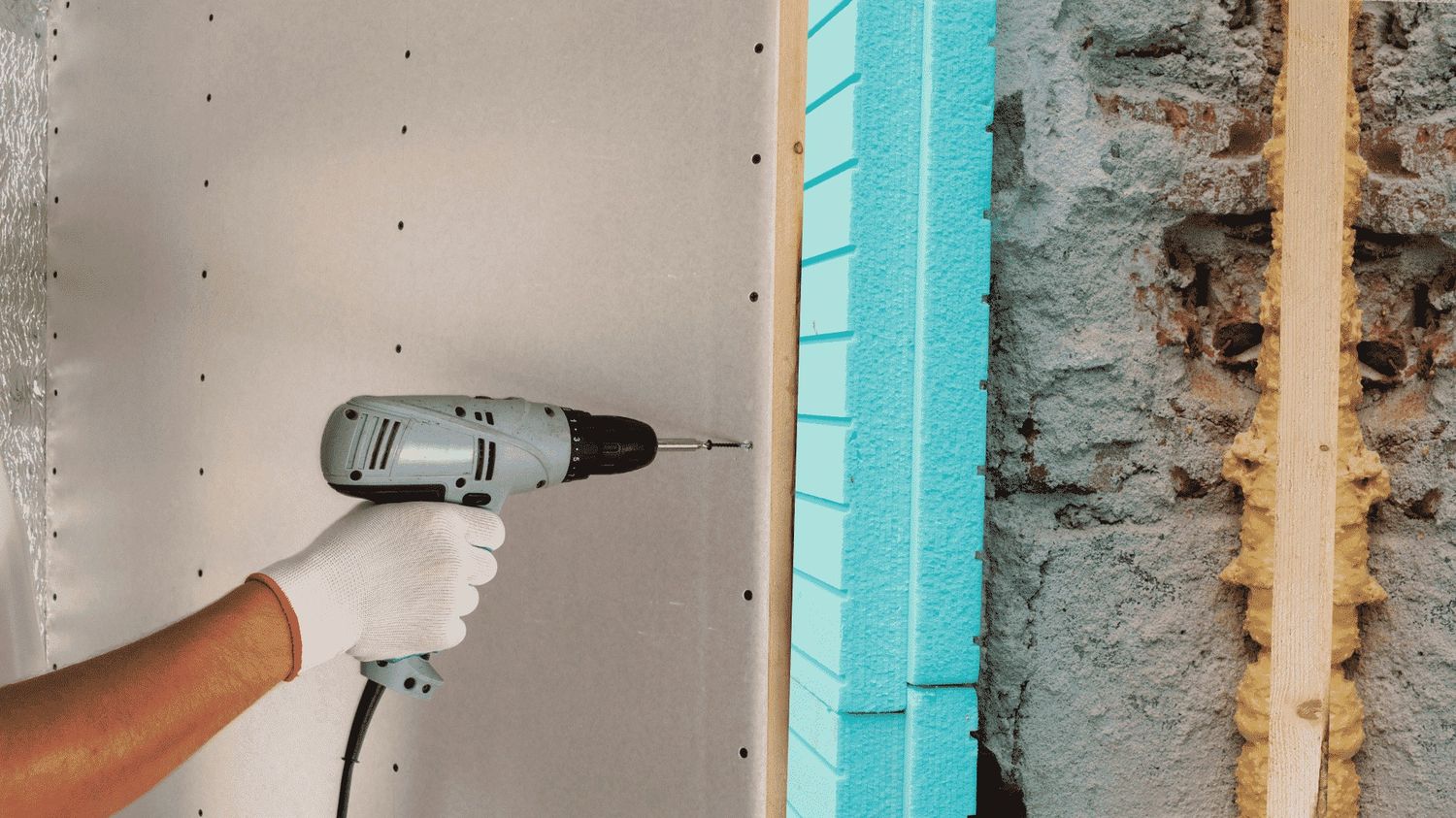Home>Devices & Equipment>Microphone>How Much Does A Professional Microphone Cost
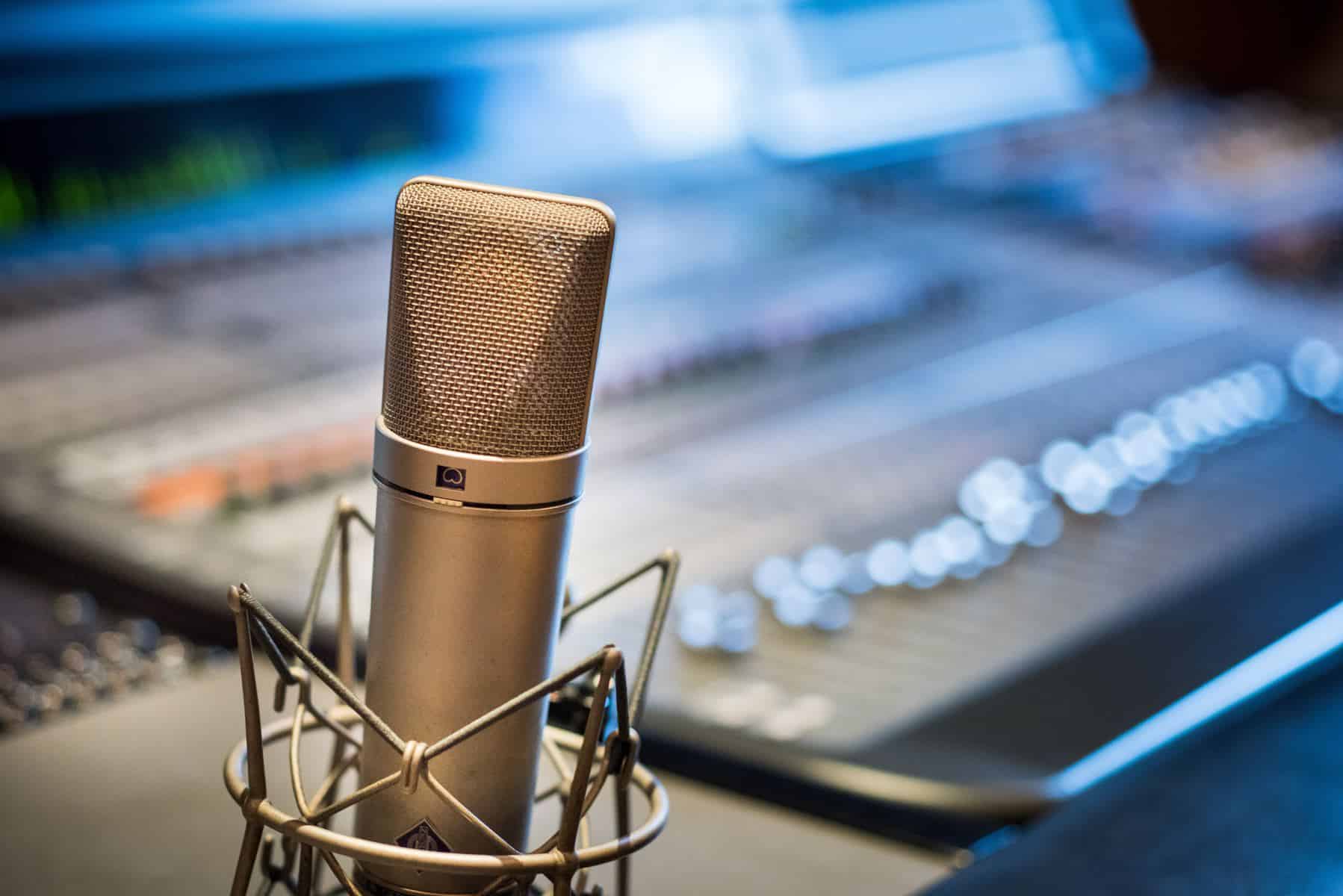

Microphone
How Much Does A Professional Microphone Cost
Published: February 17, 2024
Looking for a professional microphone? Find out the cost of high-quality microphones and make an informed decision for your recording needs. Get expert advice on microphone pricing.
(Many of the links in this article redirect to a specific reviewed product. Your purchase of these products through affiliate links helps to generate commission for AudioLover.com, at no extra cost. Learn more)
Table of Contents
Introduction
Professional microphones are indispensable tools for a wide range of applications, from recording studios and live performances to podcasts and video production. The quality and features of a microphone play a pivotal role in capturing clear and pristine sound, making it a crucial investment for professionals in the audio and entertainment industry. However, the cost of a professional microphone can vary significantly based on several factors, including its intended use, technical specifications, and brand reputation.
In this article, we will delve into the world of professional microphones, exploring the various types available and the factors that influence their costs. Whether you're a seasoned audio engineer, a content creator, or a musician looking to upgrade your recording setup, understanding the nuances of professional microphone pricing can help you make informed decisions and maximize the value of your investment.
Throughout this article, we will examine the average costs of professional microphones, the key factors that impact their pricing, and essential considerations to keep in mind when purchasing one. By the end, you'll have a comprehensive understanding of what goes into the pricing of professional microphones and how to navigate the market to find the perfect microphone that aligns with your specific needs and budget. Let's embark on this exploration of professional microphones and unravel the mysteries behind their varying price points.
Factors Affecting Professional Microphone Costs
Several key factors influence the cost of professional microphones, reflecting the intricate blend of technology, craftsmanship, and brand value associated with these essential audio tools. Understanding these factors can shed light on why certain microphones are priced higher than others and help consumers make informed purchasing decisions.
- Technology and Innovation: The incorporation of advanced technology and innovative design features can significantly impact the cost of a professional microphone. Microphones with cutting-edge components, such as advanced condenser capsules, precision-engineered diaphragms, and proprietary acoustic enhancements, often command higher prices due to the research and development investment involved in their creation.
- Build Quality and Materials: The construction and materials used in a microphone play a crucial role in its cost. High-end professional microphones are often crafted with premium materials such as aerospace-grade aluminum, precision-machined brass, and specialized polymers, contributing to their durability, performance, and overall aesthetic appeal.
- Brand Reputation: Established audio equipment manufacturers with a legacy of innovation and excellence tend to price their professional microphones at a premium. The reputation of a brand, its history of delivering exceptional sound quality, and its commitment to technological advancement can all influence the perceived value and pricing of their microphone products.
- Specialized Applications: Microphones designed for specific applications, such as studio recording, live sound reinforcement, broadcast, or field recording, are often tailored to meet the unique demands of these environments. The research, engineering, and specialized features incorporated to optimize performance for these applications can contribute to higher production costs and, subsequently, elevated retail prices.
- Technical Specifications: The technical specifications of a professional microphone, including frequency response, transient response, signal-to-noise ratio, and polar patterns, can impact its cost. Microphones with extended frequency range, exceptional transient response for capturing fast transients, and versatile polar patterns for diverse recording scenarios often command premium pricing due to their enhanced performance capabilities.
By considering these factors, consumers can gain insight into the pricing dynamics of professional microphones and make informed choices based on their specific requirements, budget, and desired level of performance.
Types of Professional Microphones
Professional microphones come in various types, each tailored to excel in specific recording or performance scenarios. Understanding the distinct characteristics and applications of these microphone types is essential for selecting the most suitable option based on the intended use case and desired sonic characteristics.
- Dynamic Microphones: Known for their robust build and versatility, dynamic microphones are ideal for capturing loud sound sources, making them popular choices for live performances, instrument amplification, and recording environments where durability and high sound pressure handling are paramount. Their relatively affordable pricing compared to other microphone types makes them accessible to a wide range of users.
- Condenser Microphones: Renowned for their exceptional sensitivity and extended frequency response, condenser microphones are favored in studio recording, vocal performances, and acoustic instrument capture. These microphones often feature a transparent and detailed sound character, making them indispensable tools for capturing nuanced performances and subtle sonic nuances.
- Ribbon Microphones: Characterized by their smooth and natural sound reproduction, ribbon microphones are revered for their ability to impart a vintage warmth to recordings. They excel in capturing the rich harmonics of musical instruments, vocals, and ambient soundscapes, making them cherished assets in professional recording studios and broadcast settings.
- Tube Microphones: Tube microphones, also known as valve microphones, leverage vacuum tube technology to impart a classic, euphonic coloration to sound. Renowned for their vintage sonic character and rich harmonic saturation, tube microphones are coveted for adding warmth and depth to vocals, brass instruments, and drum overheads, contributing to a timeless sonic aesthetic.
- Wireless Microphones: Offering freedom of movement and flexibility, wireless microphones are indispensable in live performance settings, public speaking engagements, and broadcast applications. The convenience of untethered operation, coupled with advancements in wireless transmission technology, makes these microphones indispensable tools for performers and presenters.
Each type of professional microphone brings unique sonic attributes and operational advantages to the table, catering to diverse recording and performance needs. By understanding the distinct characteristics of these microphone types, users can make informed decisions when selecting the most suitable microphone for their specific applications.
Average Costs of Professional Microphones
The pricing of professional microphones spans a wide spectrum, influenced by factors such as technology, build quality, and intended application. While the cost of a professional microphone can vary significantly based on brand, type, and features, understanding the general price ranges can provide valuable insights for budgeting and decision-making.
Dynamic microphones, renowned for their durability and versatility, are often priced between $50 and $500, catering to a broad range of users, from entry-level enthusiasts to professional sound engineers. This affordability makes dynamic microphones accessible for live sound reinforcement, instrument amplification, and home studio applications.
Condenser microphones, prized for their sensitivity and studio-grade performance, typically range from $100 to $3000, with premium models from renowned manufacturers commanding higher prices. These microphones are favored in professional recording studios, vocal capture, and critical acoustic instrument recording, offering exceptional sonic transparency and detail.
Ribbon microphones, celebrated for their vintage tonal character and smooth sound reproduction, generally fall within the $300 to $5000 price range, reflecting their specialized design and sought-after sonic qualities. These microphones are cherished for their ability to impart a classic warmth to recordings, making them prized possessions in discerning recording environments.
Tube microphones, leveraging vacuum tube technology to imbue recordings with a classic, euphonic sonic signature, are typically priced between $500 and $10000, with flagship models from esteemed brands commanding top-tier pricing. These microphones are revered for their ability to add a rich, harmonically complex texture to vocals and instruments, contributing to a timeless sonic allure.
Wireless microphones, offering the freedom of untethered operation and seamless mobility, are available in the range of $100 to $2000, with professional-grade wireless systems featuring advanced transmission technologies and robust build quality commanding higher prices. These microphones are essential tools for live performers, public speakers, and broadcasters seeking reliable wireless audio solutions.
It is important to note that the average costs mentioned are indicative ranges and can vary based on specific models, features, and bundled accessories. Additionally, the reputation of the manufacturer, the inclusion of advanced technologies, and the overall build quality contribute to the pricing of professional microphones across all types.
By understanding the average costs associated with different types of professional microphones, users can align their budgetary considerations with the specific features and performance attributes that meet their recording or performance needs.
Factors to Consider When Purchasing a Professional Microphone
When embarking on the journey to acquire a professional microphone, several crucial factors warrant careful consideration to ensure that the chosen microphone aligns with specific recording or performance requirements. By evaluating these key elements, users can make informed decisions and maximize the value of their investment in a professional-grade microphone.
- Intended Use and Application: Understanding the primary purpose of the microphone, whether it’s for studio recording, live performances, broadcast, podcasting, or field recording, is essential in selecting the most suitable microphone type and features tailored to the intended application.
- Sound Characteristics: Evaluating the sonic attributes desired for the recordings or performances, such as transparency, warmth, detail, or vintage coloration, can guide the selection of a microphone type and model that best complements the sonic goals.
- Budget and Cost Considerations: Establishing a realistic budget and weighing the cost of the microphone against its features, build quality, and long-term value is crucial in making a balanced investment decision while avoiding overspending or compromising on essential attributes.
- Technical Specifications: Delving into the technical specifications of microphones, including frequency response, polar patterns, sensitivity, and signal-to-noise ratio, helps in aligning the microphone’s performance capabilities with the specific recording or performance demands.
- Brand Reputation and Support: Considering the reputation of the manufacturer, the availability of customer support, warranty coverage, and the brand’s legacy in producing high-quality microphones can instill confidence in the reliability and long-term satisfaction with the chosen microphone.
- Compatibility and Connectivity: Assessing the compatibility of the microphone with existing audio interfaces, mixers, and recording equipment, as well as the connectivity options such as XLR, USB, or wireless transmission, ensures seamless integration into the existing setup.
- Physical Durability and Build Quality: Examining the construction materials, build quality, and resistance to environmental factors such as humidity and temperature variations is crucial, especially for microphones used in live sound or outdoor recording scenarios.
By carefully evaluating these factors, users can navigate the diverse landscape of professional microphones with clarity and confidence, ultimately selecting a microphone that not only meets their immediate needs but also offers room for growth and sonic exploration in the long run.
Conclusion
Exploring the world of professional microphones unveils a rich tapestry of technological innovation, sonic artistry, and diverse applications. The pricing of professional microphones is intricately tied to a myriad of factors, including technology, build quality, brand reputation, and specialized features, reflecting the multifaceted nature of these essential audio tools.
As consumers navigate the landscape of professional microphones, understanding the average costs associated with different types of microphones provides valuable guidance in aligning budgetary considerations with specific performance attributes and sonic characteristics. Whether seeking the robust versatility of dynamic microphones, the studio-grade sensitivity of condenser microphones, the vintage allure of ribbon and tube microphones, or the mobility of wireless systems, users can make informed decisions based on their unique recording or performance needs.
Moreover, the factors influencing professional microphone costs, including technology, build quality, brand reputation, specialized applications, and technical specifications, serve as guiding pillars for users to discern the value and suitability of a microphone for their specific endeavors. By carefully considering the intended use, sound characteristics, budget, technical specifications, brand reputation, compatibility, and build quality, users can make informed decisions and invest in a professional microphone that elevates their sonic pursuits.
Ultimately, the world of professional microphones offers a diverse array of options, each with its own sonic signature and operational advantages. Whether capturing the raw energy of a live performance, the delicate nuances of a vocal performance, or the ambient textures of a natural landscape, the right professional microphone serves as a faithful conduit for translating sound into art. By embracing the nuances of professional microphone pricing and selection, users can embark on a journey of sonic exploration and creativity, empowered by the transformative capabilities of these indispensable audio companions.

